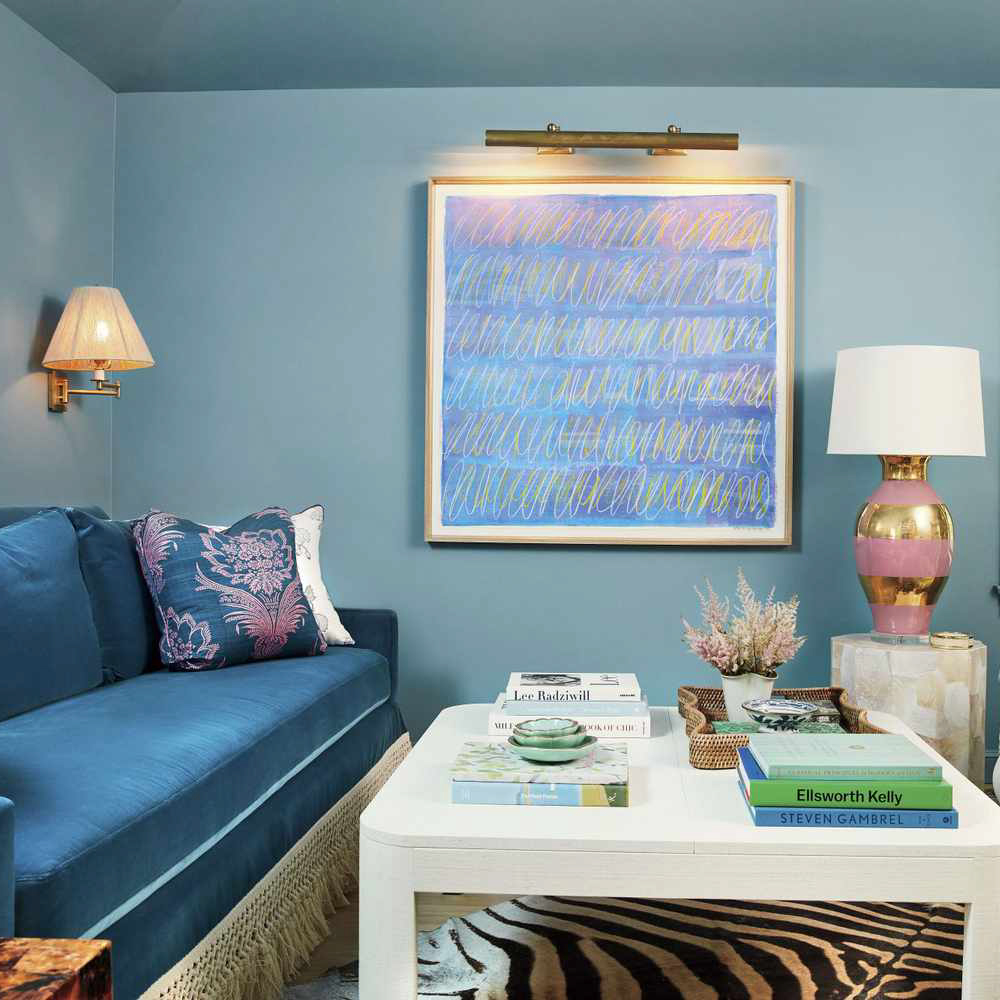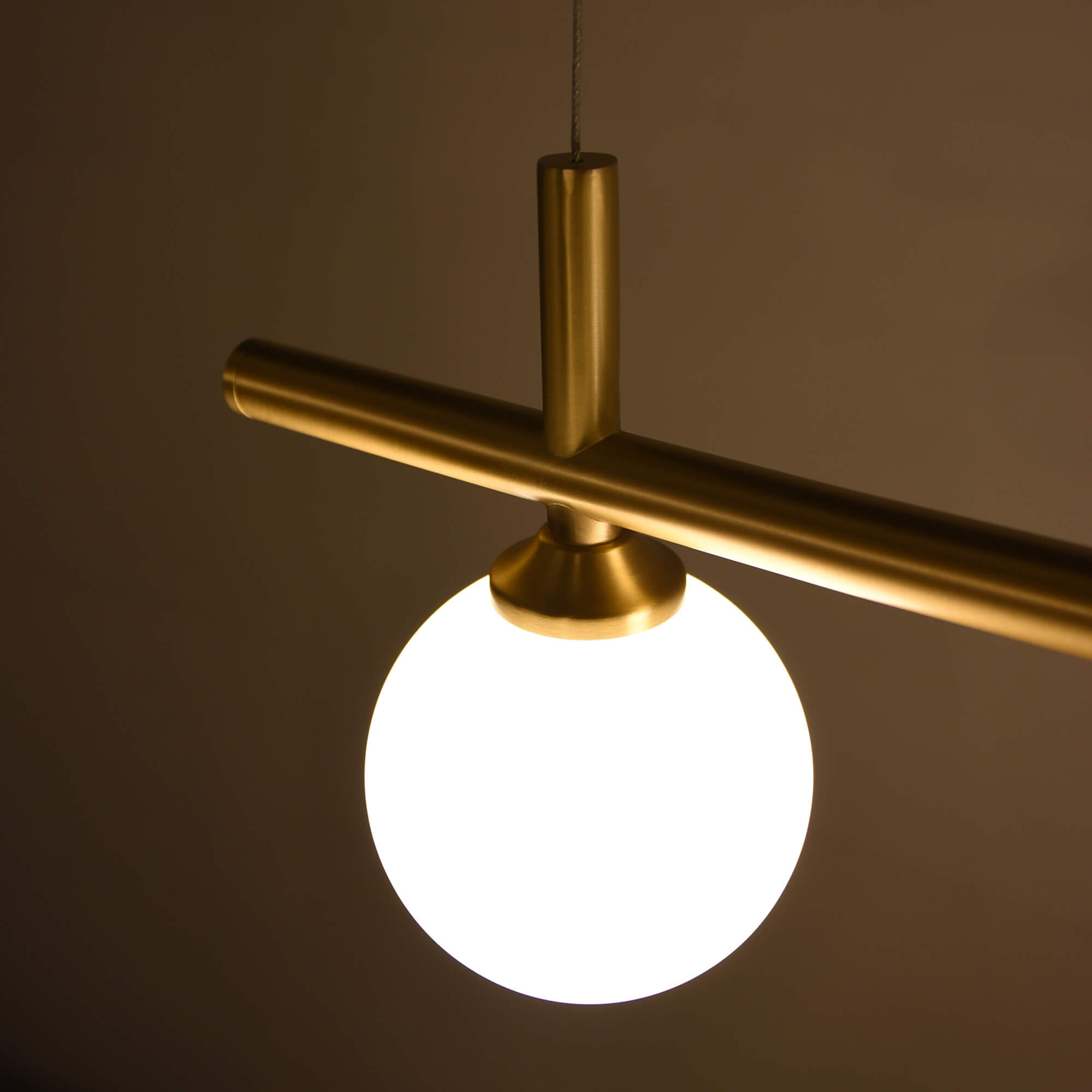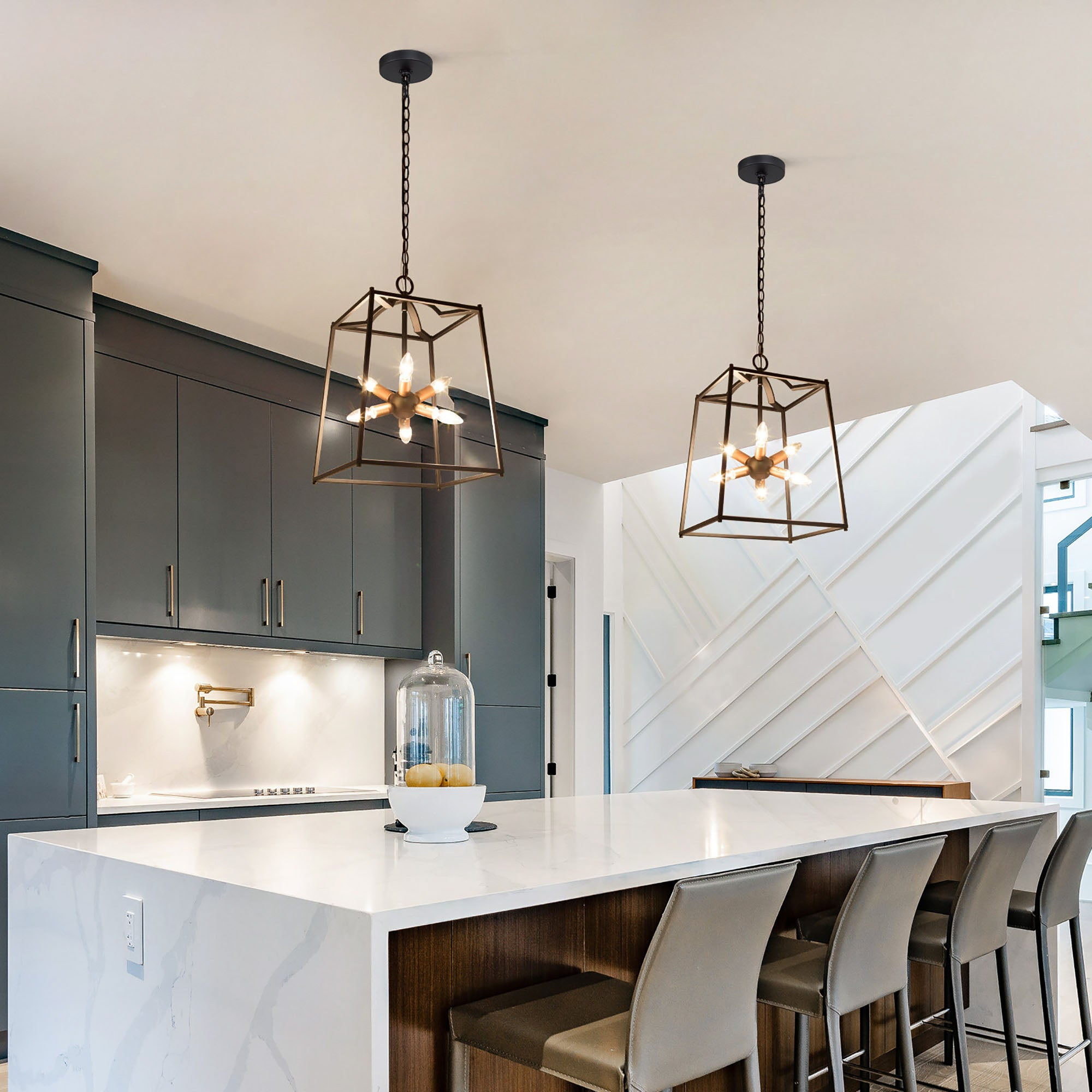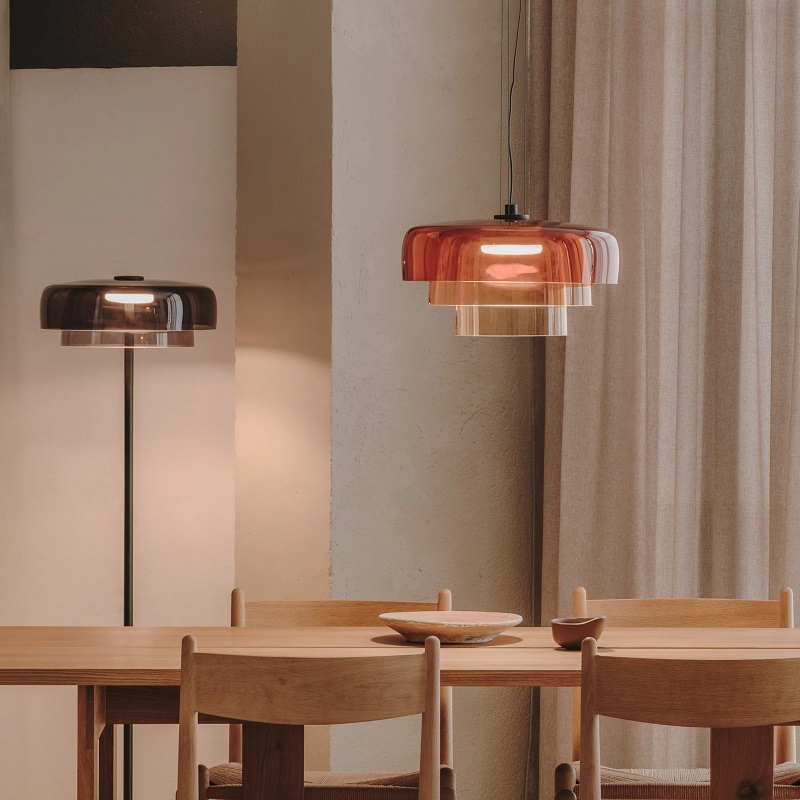The ceiling of a room is often overlooked when it comes to interior design. However, the ceiling can have a significant impact on the overall look and feel of a space. From intricate plasterwork to modern lighting fixtures, ceiling design has evolved over time to become an art form in its own right. In this article, we will explore the history, current trends, and scientific principles behind ceiling design.
History of Ceiling Design
Ceiling design has been an important aspect of architecture and interior design for centuries. In ancient civilizations such as Egypt and Rome, ceilings were often adorned with elaborate paintings and carvings. During the Renaissance period, ceiling design reached new heights with the creation of spectacular frescoes in buildings such as the Vatican’s Sistine Chapel.
In the 20th century, modern architecture led to minimalistic design, which often negated the importance of ceiling design in interior décor. However, in recent years, designers have once again recognized the potential of creative ceiling design.
Types of Ceiling Design
There are numerous types of ceiling design, each with its unique advantages and aesthetic appeal. Some of the most popular ceiling designs include:
- Tray ceilings
- Coffered ceilings
- Beam ceilings
- Circular ceilings
- Wooden ceilings
- Metal ceilings
Tray ceilings, also known as recessed ceilings, are characterized by a sunken center that is slightly elevated along the edges. This type of design is popular in modern homes and creates a sense of depth and dimension.
Coffered ceilings feature a series of sunken panels that are framed by beams. This type of design is particularly prevalent in traditional architecture and can add a touch of elegance to a space.
Beam ceilings are characterized by exposed wood or metal beams, which add rustic charm to a room. This type of design is popular in homes with a traditional or industrial style.
Circular ceilings, also known as dome ceilings, create a sense of grandeur and are common in public buildings such as museums and government buildings.
Wooden and metal ceilings provide a sleek and modern aesthetic that is popular in contemporary design.
Scientific Principles behind Ceiling Design
Ceiling design is not just about aesthetics. The use of scientific principles can enhance the functionality and efficiency of a space. One of the most important considerations in ceiling design is acoustics. Sound waves bounce off hard surfaces, which can lead to an echo in a room. By using materials that absorb or deflect sound, such as acoustic tiles, designers can create a space that is more comfortable to be in.
Another important consideration is lighting. Natural light is not always sufficient for a space, and designers will often use artificial lighting to create a desired ambience. The placement and design of lighting fixtures can also have an impact on the overall mood and functionality of a space. For example, dimmer lighting may be used in relaxation areas to create a cozy and calming atmosphere.
Current Trends in Ceiling Design
As with all aspects of design, ceiling design is constantly evolving. Some of the current trends in ceiling design include:
- Lighted ceilings: Designers are using LED lighting to create a soft, warm glow that can be adjusted to suit different moods.
- Nature-inspired designs: The use of natural materials such as wood and stone in ceiling design can create a sense of calm and relaxation.
- Artistic designs: Ceiling design is increasingly being treated as an art form, with designers creating intricate patterns and designs that are both functional and beautiful.
- Geometric designs: Geometric shapes such as hexagons and triangles are being used to add a sense of energy and vibrancy to spaces.
Ceiling design has come a long way from the simple plaster and paint of ancient times. Today, designers have a wealth of materials and technologies at their disposal, allowing them to create truly spectacular designs that are both functional and beautiful. Whether you prefer the classic elegance of coffered ceilings or the modern minimalism of tray and metal ceilings, there is a ceiling design to suit every taste and style.




